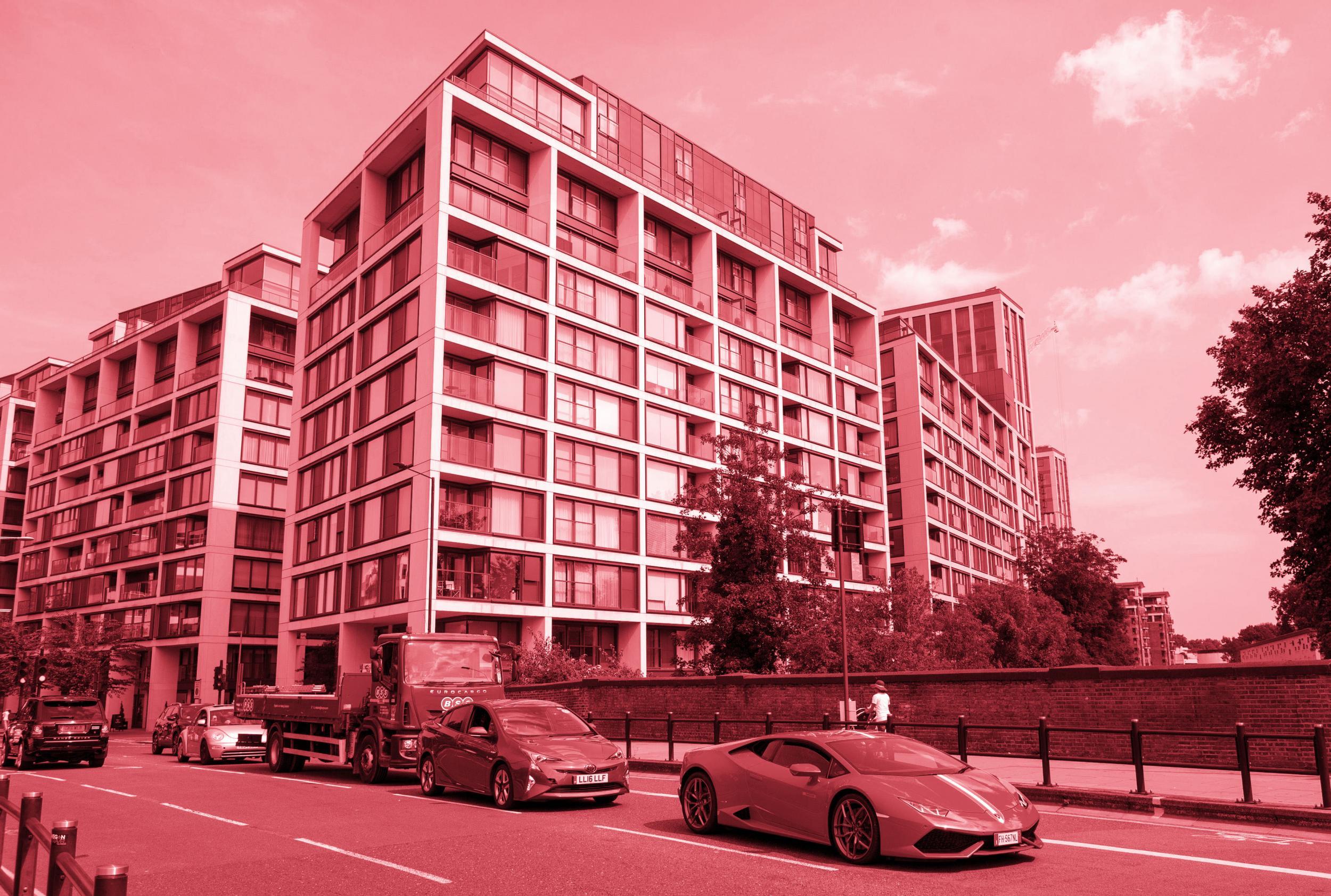Is the Government really providing luxury Kensington flats for the survivors of the Grenfell Tower disaster?

The Government announced yesterday that it will provide 68 permanent new homes to house those affected by the Grenfell Tower fire.
They will be part of the Kensington Row development – described as a “£2bn luxury complex in the heart of Kensington”.
The site is being developed by St Edward, a joint venture between the housebuilder Berkeley Group and the financial services firm Prudential.
The Communities department said the flats will be purchased and managed by the City of London Corporation – the ancient and wealthy municipal institution that runs the City of London.
A property source was quoted in the Evening Standard as describing the provision of the flats as a “huge gesture” by St Edward because the flats were being sold to the CLC “at cost”, meaning the developer made no profit on them.
But is this deal everything that it is being presented as? Is it really as generous as it seems?
What are these homes?
The first thing to recognise is that these are not luxury homes that are being re-purposed especially to help ex Grenfell residents, but unfurnished social housing.
Social housing is specially built to be let out by housing associations at below-market rents to people with low incomes.
Housing associations are not-for-profit companies and charities whose function is to provide housing for the less well-off.
Grenfell Tower fire: What do Kensington residents think of rehousing victims in luxury block? Would they have been built anyway?
The Independent has confirmed that the homes in question were built by St Edward as a condition of the granting of planning permission by Kensington and Chelsea Council.
Under Section 106 of the 1990 Town and Country Planning Act, councils can require developers to commit to provide a certain amount of social housing in any new private residential development (or alternatively pay a sum of money to the local authority for investment in social housing elsewhere) as a condition for the granting of approval.
This is what St Edward was doing. These social housing flats were always going to be available for use by low-income Kensington residents at some point.
In the absence of this deal The Independent has also confirmed St Edward would have offered the homes for sale to locally based housing associations. These housing associations would then have then have let out the homes at below-market rents.
There are actually two types of social rent that housing associations are allowed by the Government to charge tenants.
"Social rent" means the rent is around 50 per cent of market rates. "Affordable rent" means about 80 per cent of market rents.
The planning documents of the site suggest they were to be social rent.
But, regardless, those rich people in the development who have reportedly voiced their discontent at poorer folk moving in obviously failed to appreciate that they would have soon have had some new low-income neighbours in any event.
Is St Edward taking a financial hit?
Both St Edward and CLC refused to comment on the price at which the flats were sold.
The Evening Standard reported that the flats were being sold for £10m, which would imply an average cost of around £150,000 each, which is certainly well below the market cost of flats in Kensington, where such properties currently go for an average of £1.4m each according to Rightmove.
Yet a source in the social rental sector stressed that social housing is almost always sold by developers at only the cost of production or often below.
This is because the price that social landlords are willing to pay to purchase properties is limited by the rent they are allowed by the Government to charge tenants.
The upshot is that a sale at cost of social housing would not be out of the ordinary and certainly nothing that the developer would not have budgeted for.
Why is the City of London Corporation involved?
The CLC refused to comment on this.
But the Corporation is famously flush with funds, reporting £1.3bn in assets in 2012, and has its own expanding social housing building programme.
It appears likely that it was encouraged to help by the Government.
The Homes and Communities Agency, a government housing quango, says that it brokered the deal between St Edward and the CLC after being instructed by the Communities Secretary, Sajid Javid, to pull out every stop to provide homes for the Grenfell survivors.
So is this fake news?
The idea that St Edward was being especially generous by offering the flats for use in this way certainly is: they were always going to be social housing.
But the developer is undoubtedly helping get the flats ready for occupation faster, which will probably cost them money.
The flats were originally due for occupation between October and December. Now they are expected to be ready at the end of July.
The Government is also helping to subsidise this more rapid turnaround, which a spokesperson said would cost £2m-£3m, with the money coming out of the Communities department budget.
So an accurate way for the Government to have presented its action would have been to claim that it was using public funds to speed up the provision of social housing in Kensington that was already in the pipeline and specifically earmarking it for the benefit of ex-Grenfell residents.
So why didn’t they just say that?
One possibility is that with the Labour leader Jeremy Corbyn putting pressure on the Government to requisition empty luxury homes in Kensington for use by Grenfell survivors, it suited ministers to allow the impression to go out that they were doing something radical along those lines.
Join our commenting forum
Join thought-provoking conversations, follow other Independent readers and see their replies
Comments